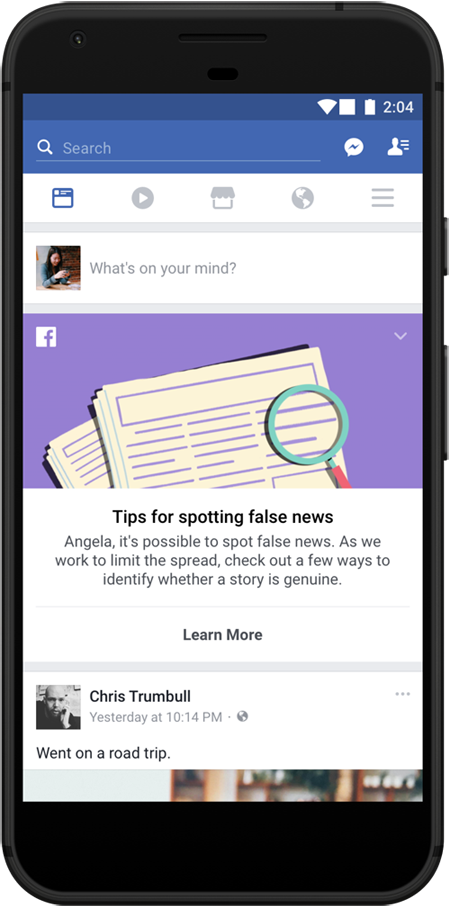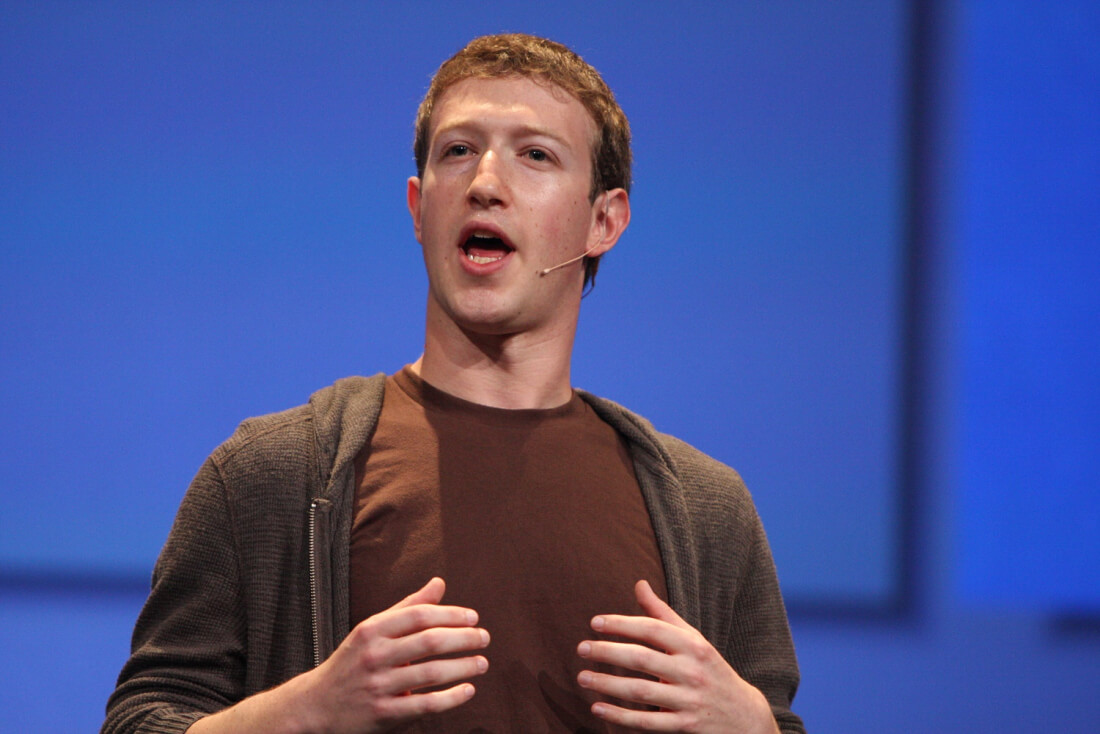Fake news is arguably one of Facebook's top concerns as of late. The social network has devoted a significant amount of time (and resources, no doubt) tackling the matter with varied degrees of success.
Its latest effort emerged on Thursday in the form of an educational campaign designed to provide tips on how to spot falsehoods.
Adam Mosseri, VP of the News Feed at Facebook, said they worked with a non-profit called First Draft which helps improve skills and standards in the reporting and sharing of information online to develop a tool that'll assist people in spotting fake news.

For the next few days, the tool will reside at the top of the News Feed for people in 14 countries (he didn't specify which countries specifically would be taking part in the literacy campaign). When clicked, users will be presented with information and tips on how to spot bogus content such as checking the URL of the site, watching for unusual formatting, investigating the source and searching for other reports on the topic.
These may seem like "common sense" tips but unfortunately, skepticism isn't always a trait found on social media. Facebook and others often shoulder the blame for fake news but is that fair when people are gullible enough to believe some of the nonsense published online?
Tom Felle, a lecturer in digital journalism at City University, told the BBC that unless Facebook stops rewarding the architects of fake news with huge traffic, the problem will just get worse.
